Moving to In-House Robotics Expertise: What to Expect

Posted on Jan 17, 2017 7:00 AM. 6 min read time
Are you ready to move to in-house robotics expertise? We understand if you are unsure about making the move. Here are seven changes you can expect following the decision to choose in in-house expertise over outsourcing.
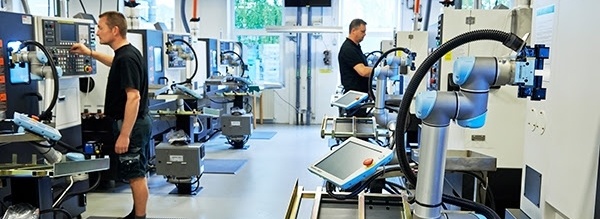
Do you think your company is ready to handle its own robotics integration? Here at Robotiq, we think that many businesses have the ability to in-house their robotics expertise. The advantages are huge, like reducing your reliance on outsourcing and turning an expense into an investment. That's why we have created resources like our blog series How to Integrate Your First Robot and the learning kit Getting Started With Collaborative Robots.
You might be unsure if you are ready to start integrating robotics yourself, especially if you're used to outsourcing. You may worry that you don't have the resources to develop in-house expertise. In some ways, it's easier to get started if you have never used robots before as you have nothing to compare it to. However, like most major business changes, the challenge mostly comes when you're not prepared for the change; when you don't know what to expect.
In this article, we look at what you can expect when your business moves to in-house robotics expertise. With a little bit of preparation, the move can be quick, easy and even enjoyable.
Seven Changes to Expect With In-House Robotics Expertise
There are many changes you can expect after a move to in-house robotics expertise, including increased productivity, more efficient process design, and maximized use of collaborative robots. But, aside from these productivity changes you can also expect some cultural changes in the business. Here are seven changes you can expect after the decision has been made to go in-house.
1. A Transition Period
Nothing happens immediately in business and a move to train workforce is likely to happen gradually. Having said that, you could easily acquire a new collaborative robot and get it performing a simple task within one or two days. However, to develop a deeper level of robotics expertise, the workforce will need time to get used to the technology. They will also need training.
2. Training
 Collaborative robots require much less training than traditional industrial robots did. Even so, training is going to be an integral part of the move to in-house expertise. Training is not a "once in a lifetime" thing if you want to develop capable, flexible in-house robotics experts. Instead, it should become a regular event on the calendar. Robotic technology is continually improving and there are always additional skills that people can be trained in, such as adding extra sensors or advanced gripping strategies.
Collaborative robots require much less training than traditional industrial robots did. Even so, training is going to be an integral part of the move to in-house expertise. Training is not a "once in a lifetime" thing if you want to develop capable, flexible in-house robotics experts. Instead, it should become a regular event on the calendar. Robotic technology is continually improving and there are always additional skills that people can be trained in, such as adding extra sensors or advanced gripping strategies.
It's wise to introduce new skills and trainings gradually. This allows people to assimilate the new knowledge and skills, and put them into practice. It also means that the initial training investment will be lower and trainings will take less time away from work.
3. Teething Problems
As you know, there are teething problems with every new project. This is completely normal and it is likely that a few mistakes will be made as your in-house experts get used to their new roles. This can be a bit stressful — especially if you're used to working with an outsourced robotics company — as it feels like you no longer have a "safety net" to help you when things go wrong. For this reason, it can be really valuable to join a community of robotics professionals, where you will be able to discuss your ideas and challenges with people who are in a similar situation to you. We created our DoF Community for exactly this purpose, and it's free to join.
4. More Responsibility
 This loss of a "safety net" from an external robotics company is really a symptom of a larger change: more responsibility. I'm not just talking about the added responsibility that your new, in-house robotics experts will have. The whole business will have more responsibility for the operation, and productivity, of the robot.
This loss of a "safety net" from an external robotics company is really a symptom of a larger change: more responsibility. I'm not just talking about the added responsibility that your new, in-house robotics experts will have. The whole business will have more responsibility for the operation, and productivity, of the robot.
For many businesses, the anxiety behind this situation often comes from the thought that "if something goes wrong, I'll have to pay for it." While there is an element of truth in this, it is based on the incorrect assumption that you don't have to pay for the mistakes of outsourced companies. In reality, even if the monetary cost is shouldered by the other company, all unplanned changes cost your company time and effort. The big advantage with in-house expertise is that you can use the slip-ups as a learning experience, to develop and improve your robotics knowledge and usage. Also, "mistakes" are almost never as bad as we imagine they will be; don't let fear stop you from doing something momentous.
5. More and Better Ideas
This is one of the biggest advantages to having robotics experts on-staff. The new in-house experts will be involved in the decision-making processes about the robot. They will always on the lookout for ways to improve the use of the robot and, as a result, you can get much more out of the robotic investment. Ideas are the lifeblood of a business. By developing in-house robotics expertise, workers will be empowered to have more ideas which are better aligned with the realities of the business.
6. A Shift of Time Usage
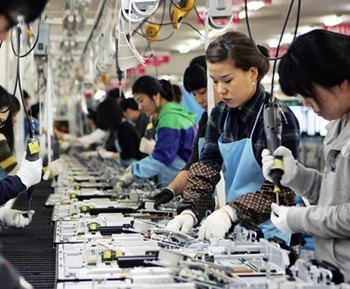 Time is a scarce resource, and it's amazing how much of it we waste on non-value-added tasks. In the long run, in-house robotics expertise will probably save you time compared to using outsourced companies. However, at the early stages, it's more realistic to say that the time will be shifted from one activity to another.
Time is a scarce resource, and it's amazing how much of it we waste on non-value-added tasks. In the long run, in-house robotics expertise will probably save you time compared to using outsourced companies. However, at the early stages, it's more realistic to say that the time will be shifted from one activity to another.
Outsourcing takes up time in many ways, including: comparing different suppliers, negotiating contracts, communicating needs, waiting for the company to complete the job, etc. All this time can be shifted to training and integrating the robot, which are both investments for your in-house expertise.
7. A New Language Within Workforce
The final change which you can expect from a move to in-house expertise — which you might not have considered before — is that everyone on your team will start to "speak the same language" when communicating about the robot. This might seem a small thing, but it can translate to better efficiency and accuracy when it comes to discussing the robot's operations.
Unless you have been lucky enough to have contact with the same integrator for a long time, this doesn't happen with an outsourced company. They are not incorporated into the culture of your company, so all communications have to be formalized to make sure that everyone understands each other properly. By comparison, a culture of in-house robotics expertise can result in quicker, more flexible communications about the process. This will allow you to make the best use of the inherent flexibility of collaborative robots.
What concerns do you have about moving to in-house robotics expertise? How have you invested in robotics expertise in the past? What would you expect to happen following such a move? Tell us in the comments below or join the discussion on LinkedIn, Twitter, Facebook or the DoF professional robotics community.
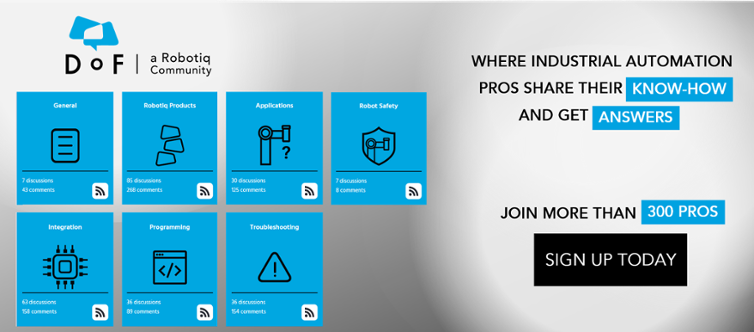
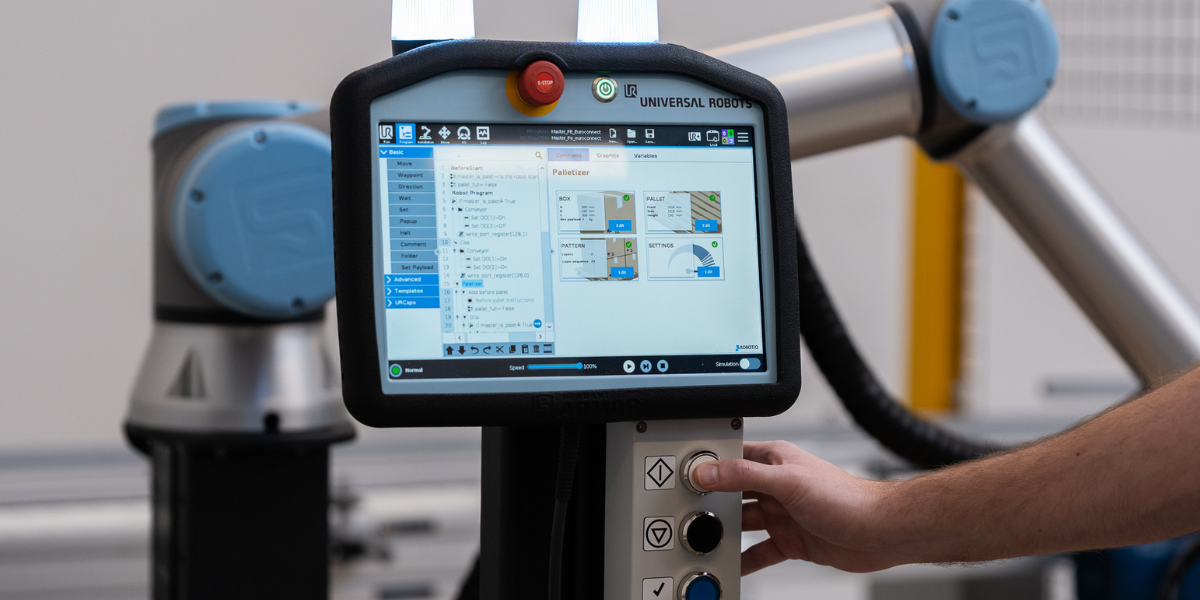

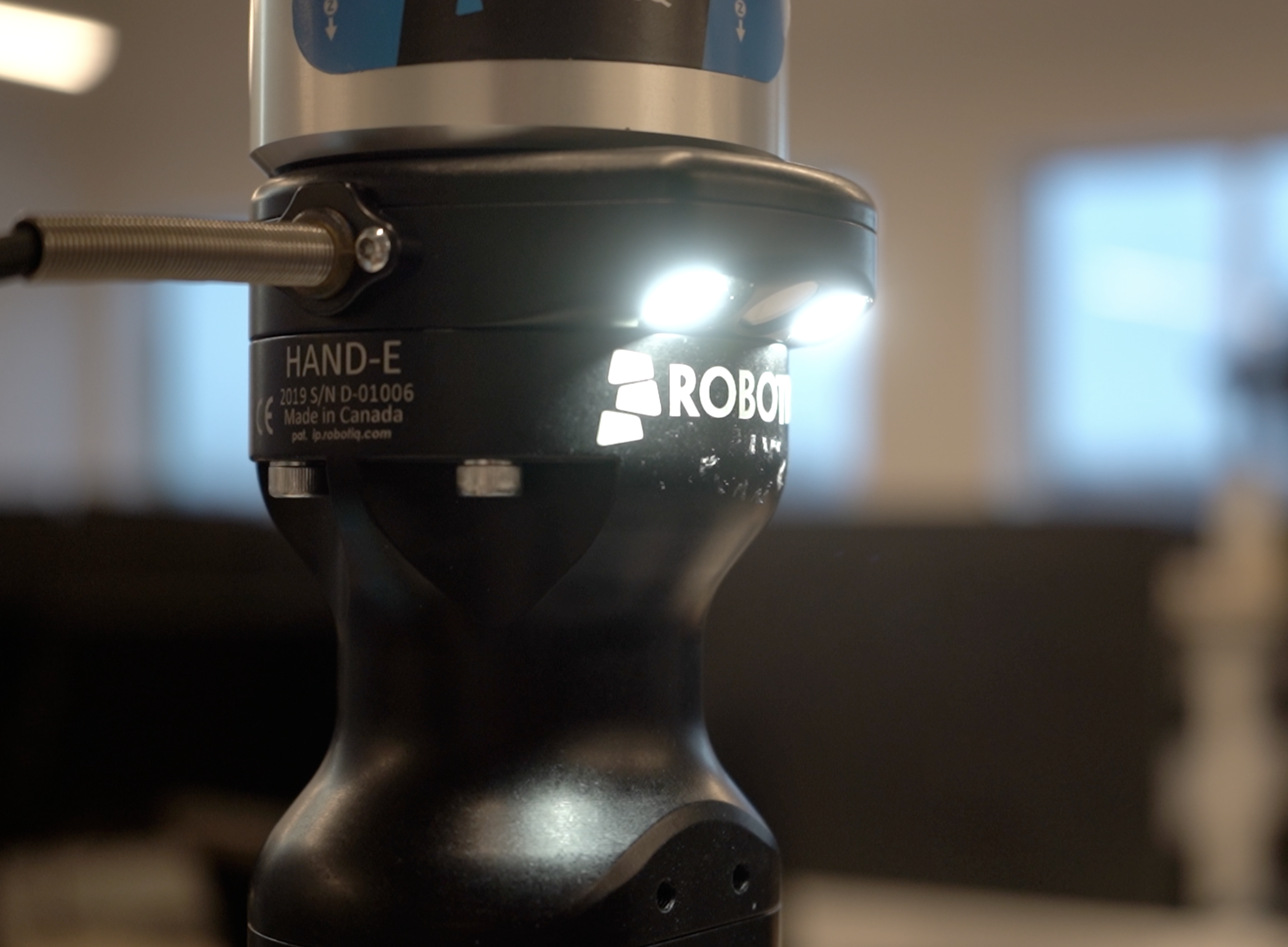

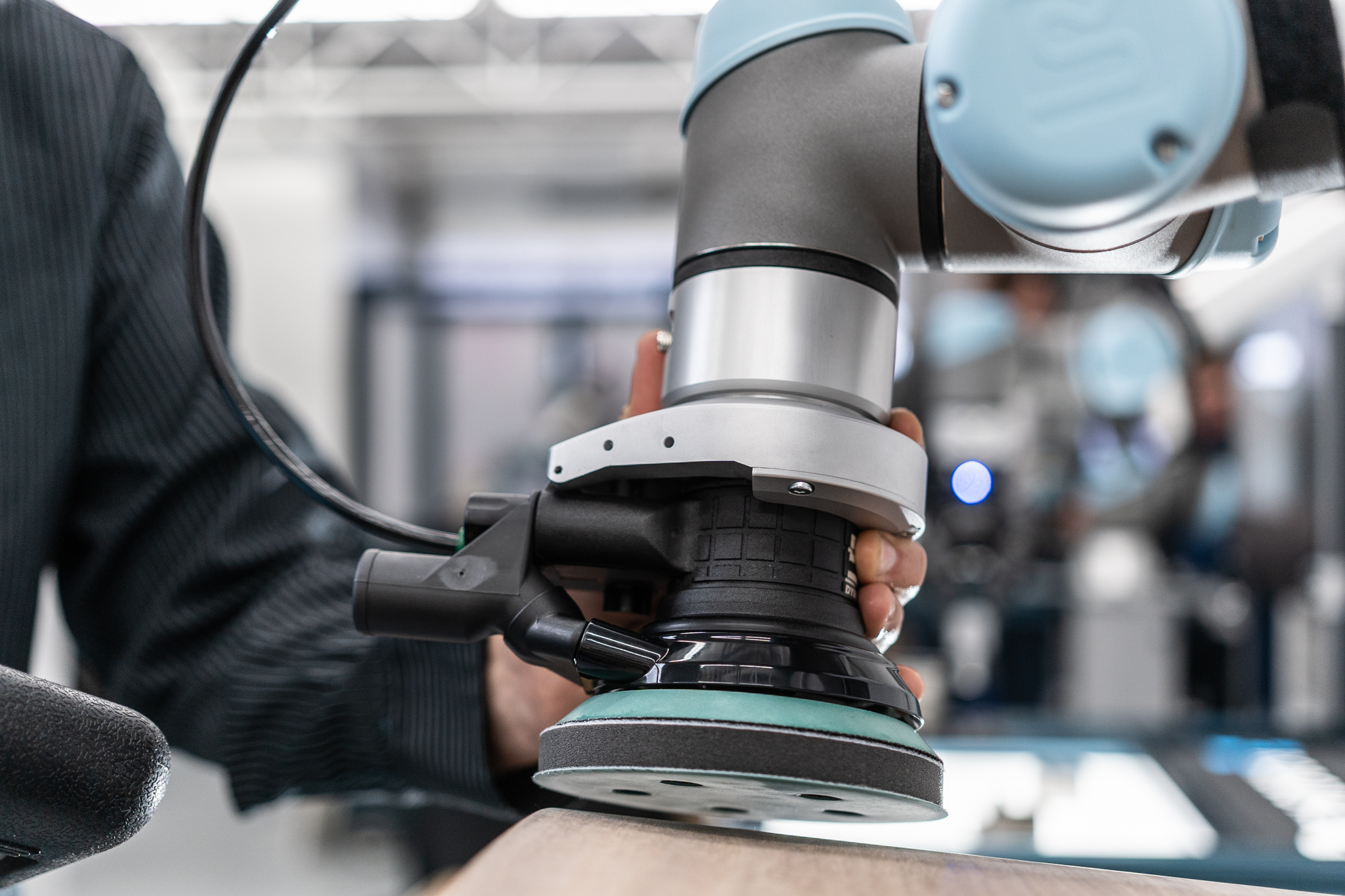

Leave a comment